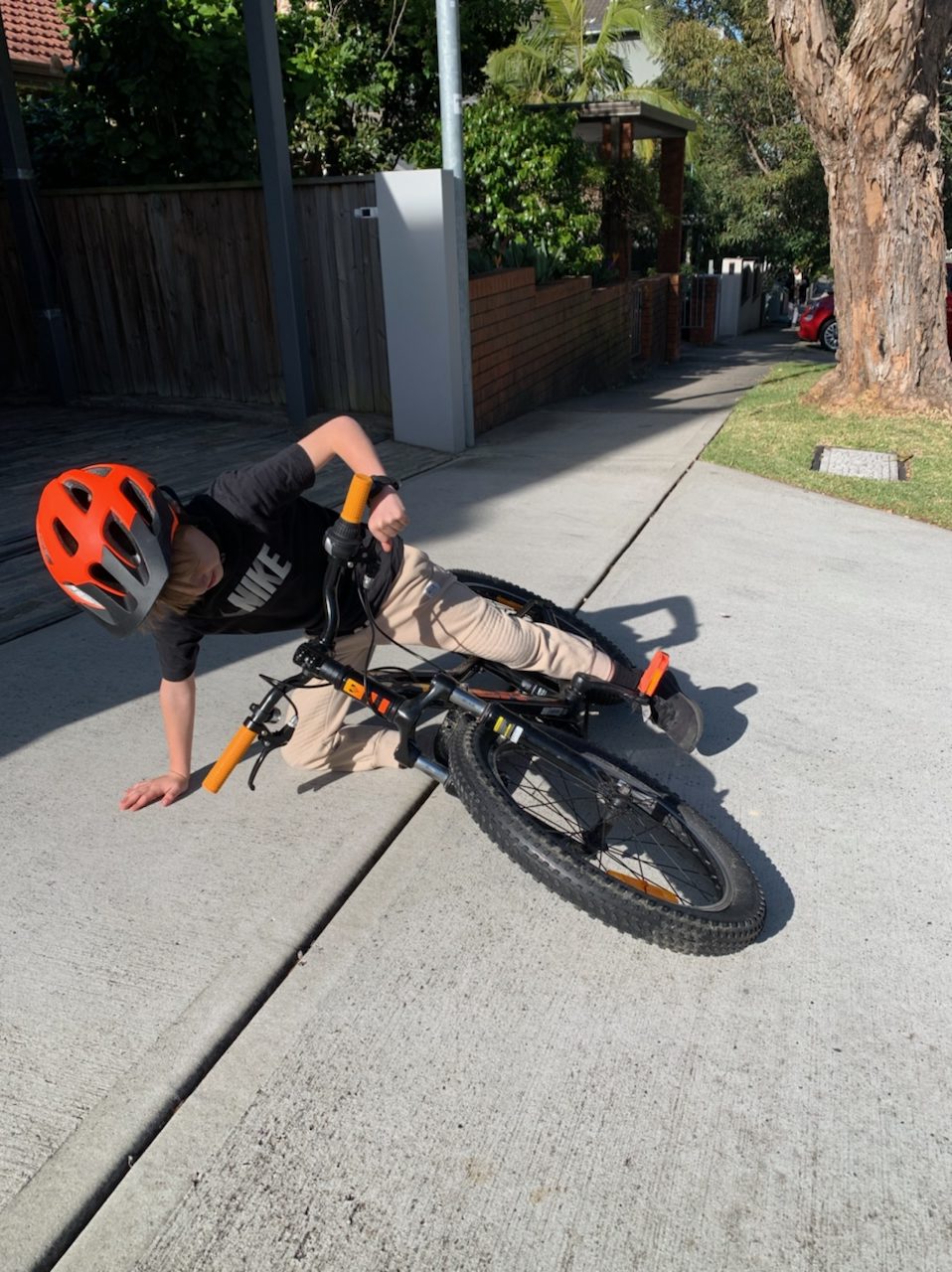What is it?
A scaphoid fracture is a common injury that can occur from a fall onto an outstretched hand. It can be a challenging fracture to diagnose however and if not treated correctly it can lead to long term problems. Scaphoid fractures account for up to 62% of all carpal fractures (Hayat & Varacallo, 2023).
Practitioners of Hand Therapy have a huge role to play in both the diagnosis, treatment and rehabilitation following a scaphoid fracture. Rehabilitation involves a graded approach to return to activities of daily living and desired occupations.
Diagnosis:
Diagnosis of a scaphoid fracture is based on physical examination such as wrist swelling, tenderness over the anatomical snuffbox and by a scaphoid compression test. A scaphoid fracture is often detected on an x-ray however 30% of all scaphoid fractures may be missed on initial radiographs. MRI testing for a scaphoid fracture is described in the UK’s NICE guidelines (2016) as the ‘gold standard’ for confirming the presence of a scaphoid fracture.
Differential diagnosis:
- Distal radius fracture
- Other carpal bone fractures
- Ligament injury for e.g. Scapho-Lunate
- DeQuervains tenosynovitis
- Tendonitis
Management:
The most appropriate treatment for a scaphoid fracture depends on many different factors such as fracture location, type and displacement and will be determined by the treating doctor. Other considerations include a person’s age, activity levels and general health (Alshryda et. Al., 2012).
The most used classification system for a scaphoid fracture is based on expected fracture instability which is Herberts classification (TenBerg et al., 2016).
Fractures which are non-displaced and located at the distal third of the bone can generally be managed non-operatively in a cast. There is active debate whether the thumb should be included in this type of cast. Casting for a non-displaced scaphoid fracture can result in temporary joint stiffness and muscle weakness. Casting can also lead to a delay in return to work and sporting activities, this is why hand therapy is recommended for rehabilitation following casting.
Operative techniques are common in a scaphoid fracture.
Percutaneous screw is indicated for unstable fractures as shown by displacement >1mm or for non-displaced fractures for a quicker return to sport. An open-reduction internal fixation is indicated for significantly displaced fractures, unstable vertical fractures, or oblique fractures (Bond et al., 2001).
Outlook following a scaphoid fracture:
If a scaphoid fracture is not identified or not treated correctly immediately you are at risk of the following complications:
- Delayed union/ non-union
- Avascular necrosis (the blood supply to the bone is cut off which can cause the bone to collapse)
- Decreased wrist range of motion and function
Hand Therapy following a scaphoid fracture. Your hand therapist can:
- Apply a comfortable waterproof cast, brace or orthosis as prescribed by the treating doctor.
- Provide you with a personalised home exercise programme to progress range of motion, strength, and function.
- Use outcome measures to monitor progress and adapt your treatment.
- Assist you with pain management and oedema management strategies.
- Provide advice regarding management at home and recommended functional use based on your stage of healing.
Return to activities of daily living after a scaphoid fracture:
Return to work following a scaphoid fracture varies. Generally, you could return within 2-4 weeks if you have an office job. For more physical jobs it can take approximately 3 months.
Return to driving– depends on treatment however normally 8 weeks.
Return to sport– It typically takes 3 months or longer to return to sport following a scaphoid fracture.
For sports that require significant wrist motion like tennis or hockey it may take a little longer.
For athletes, as they have a high demand to return to work, surgical intervention is mostly recommended.
References:
Alshryda, S., Shah, A., Odak, S., AlShryda, J., Ilango, B., Murali, S.R. Acute fractures of the scaphoid bone. Systemativ review and meta-analysis. The surgeon. 2012. 10(4) pp218-229.
Hayat Z, Varacallo M. Scaphoid Wrist Fracture. [Updated 2023 Aug 4]. In: StatPearls [Internet]. Treasure Island (FL): StatPearls Publishing; 2023 Jan-. Available from: https://www.ncbi.nlm.nih.gov/books/NBK536907/
Bond, Charles D. MD; Shin, Alexander Y. MD; McBride, Mark T. MD; Dao, Khiem D. MD. Percutaneous Screw Fixation or Cast Immobilization for Nondisplaced Scaphoid Fractures. The Journal of Bone & Joint Surgery 2001. 83(4):p 483.
Goffin JS, Liao Q, Robertson GA. Return to sport following scaphoid fractures: A systematic review and meta-analysis. World J Orthop 2019; 10(2): 101-114
Ten Berg PW, Drijkoningen T, Strackee SD, Buijze GA. Classifications of acute scaphoid fractures: a systematic literature review. J Wrist Surg 2016;5:152–159
Rhemrev, S.J., Ootes, D., Beeres, F.JP., Meylaerts, S.AG. & Schipper, I.B. Current methods of diagnosis and treatment of scaphoid fractures. International Journal of Emergency Medicine. 2011. 4.4




